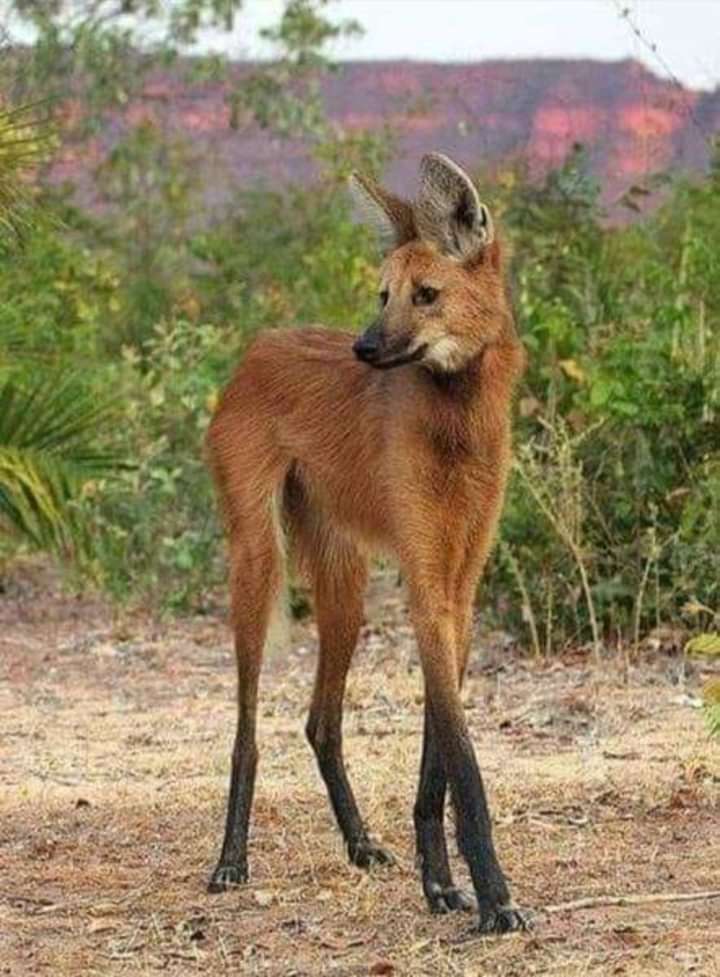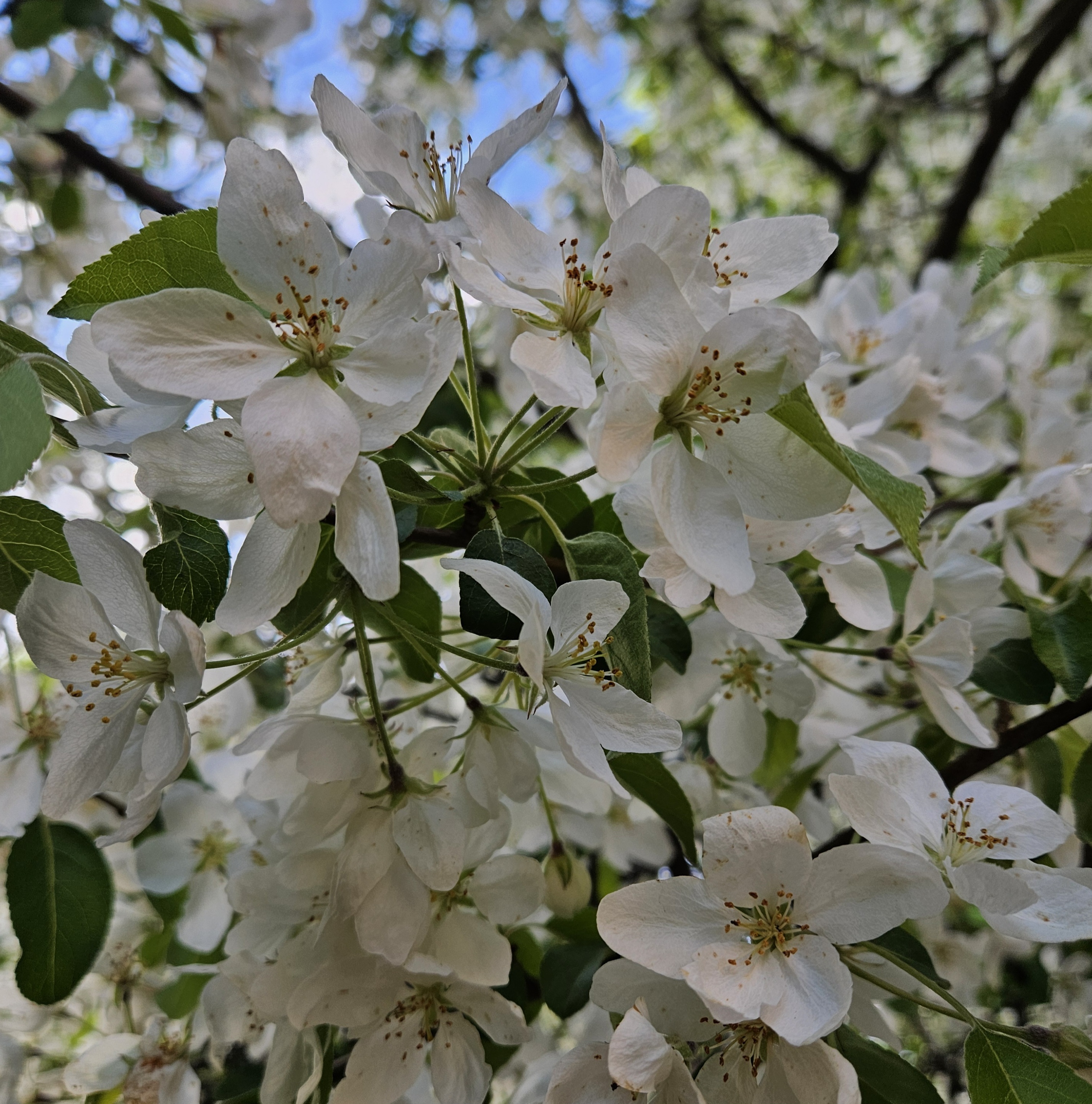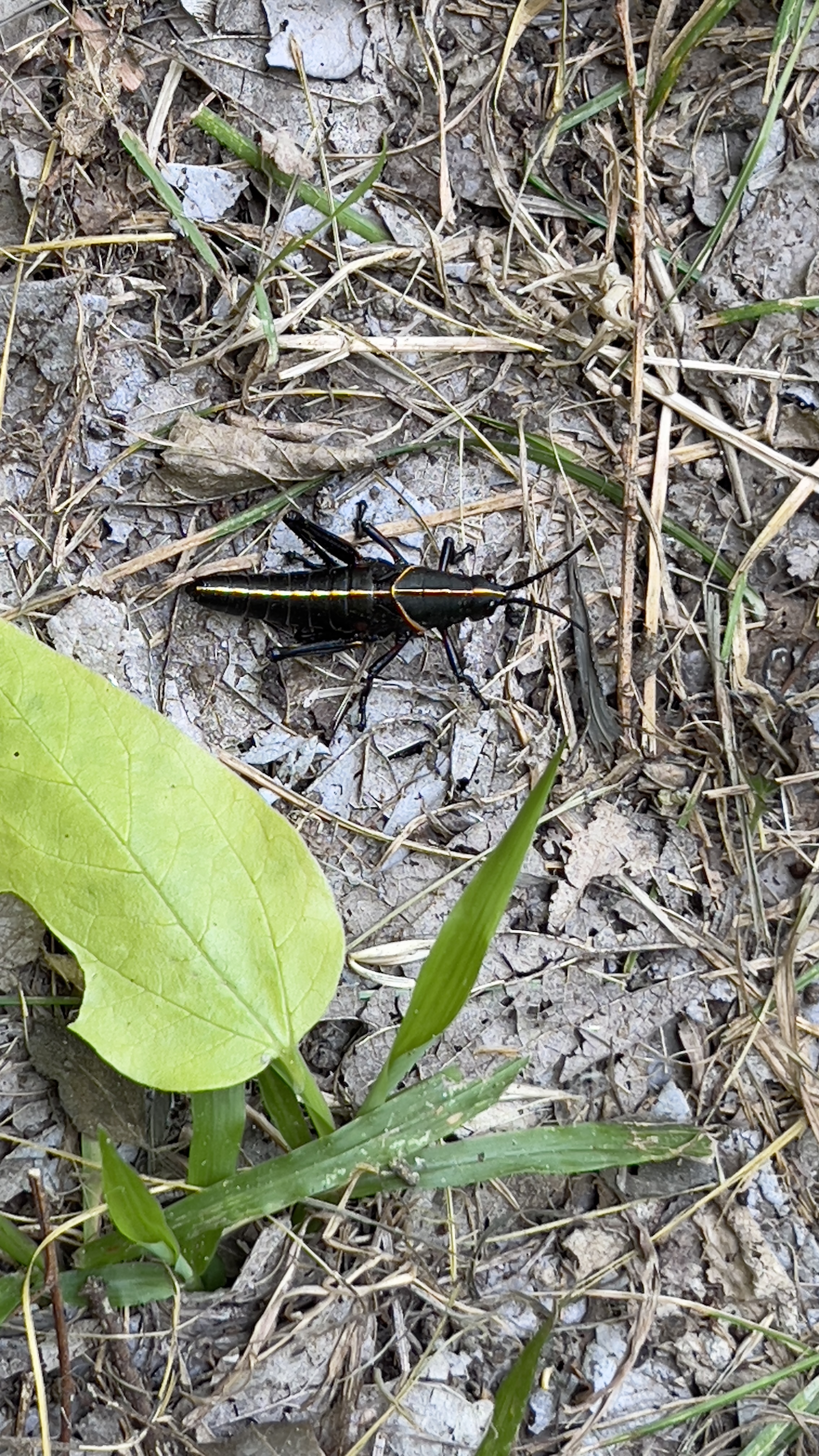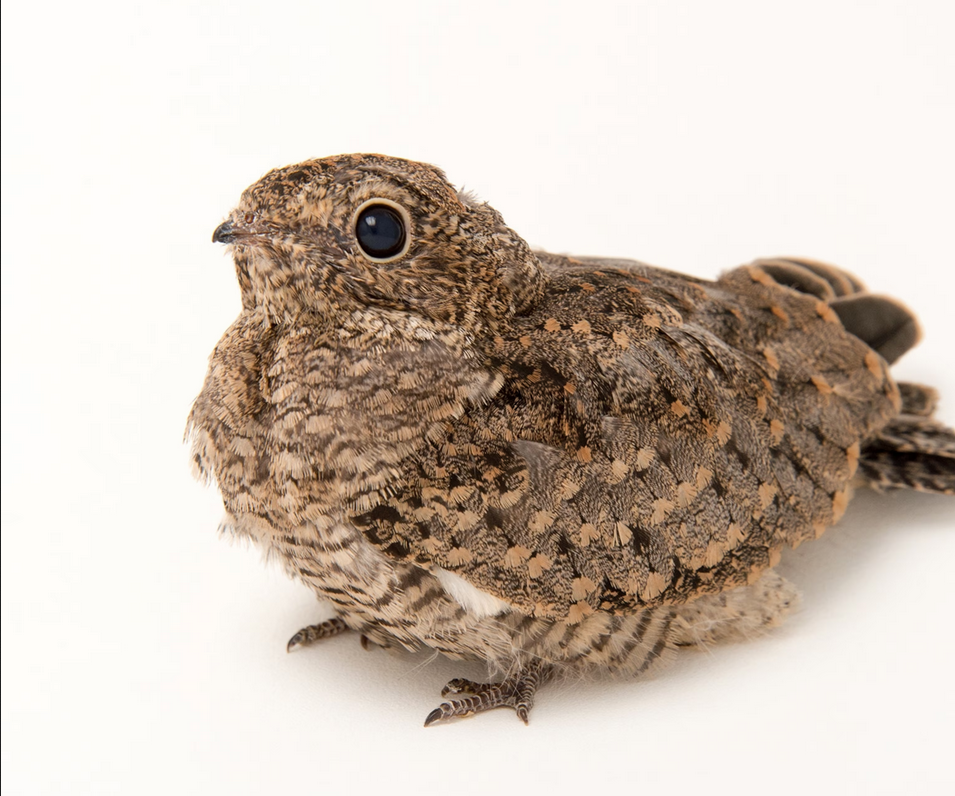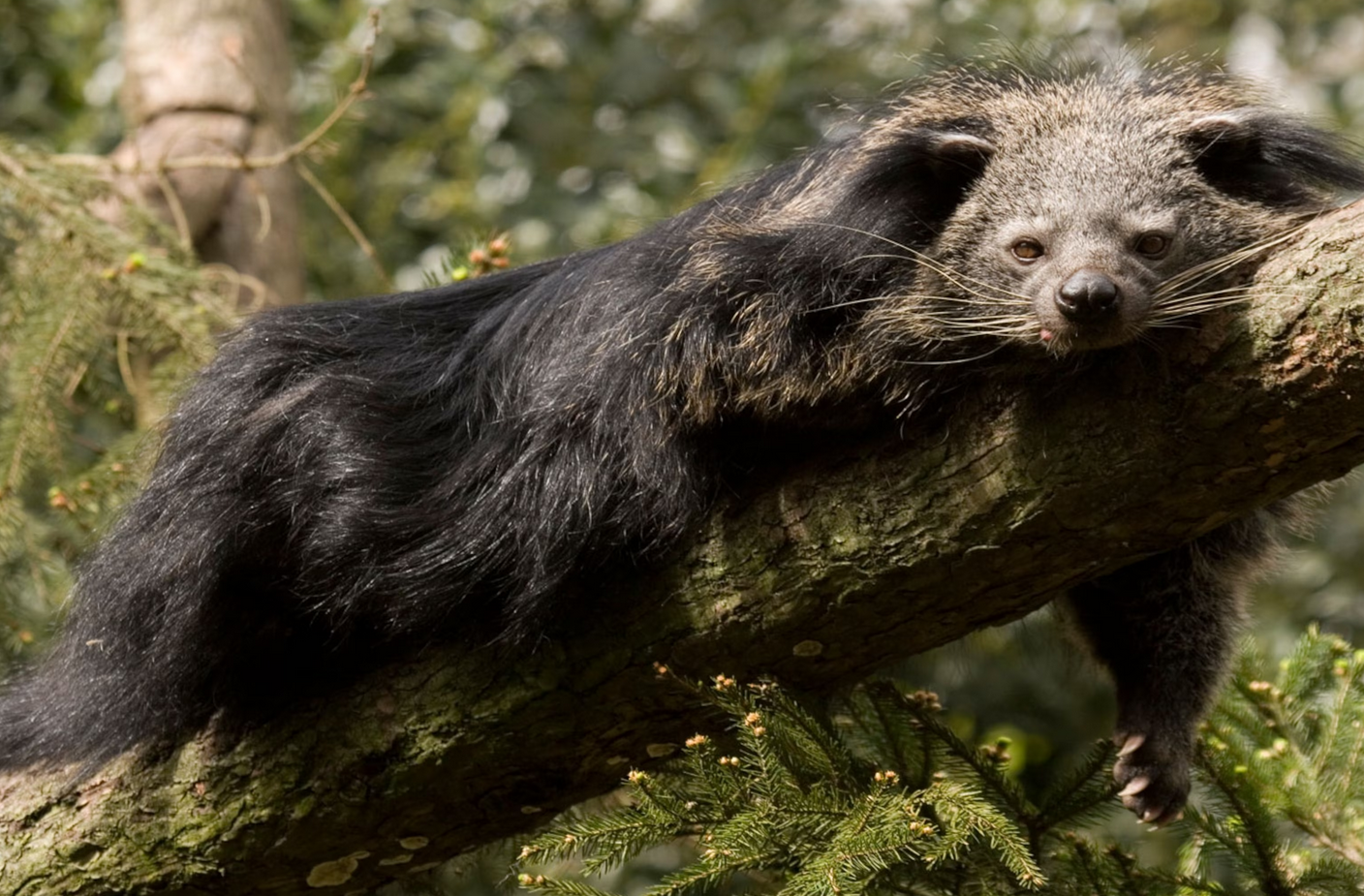earth
12805 readers
14 users here now
The world’s #1 planet!
A community for the discussion of the environment, climate change, ecology, sustainability, nature, and pictures of cute wild animals.
Socialism is the only path out of the global ecological crisis.
founded 4 years ago
MODERATORS
126
127
128
129
130
131
132
133
134
135
136
137
139
140
22
Will the green transition be globally just, or a neocolonial resource grab? Trade rules are key
(www.globaljustice.org.uk)
141
142
143
144
145
146
147
148
149
150


